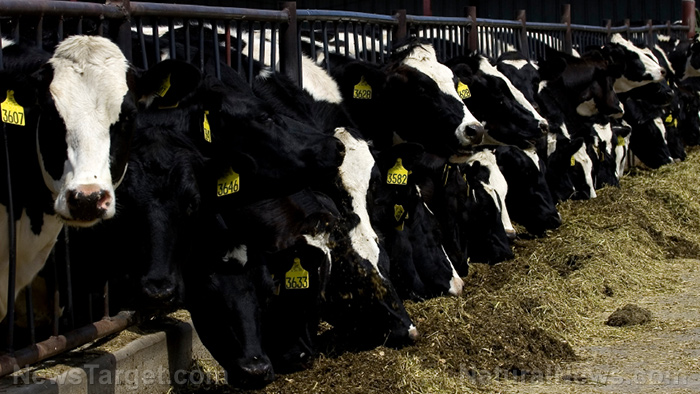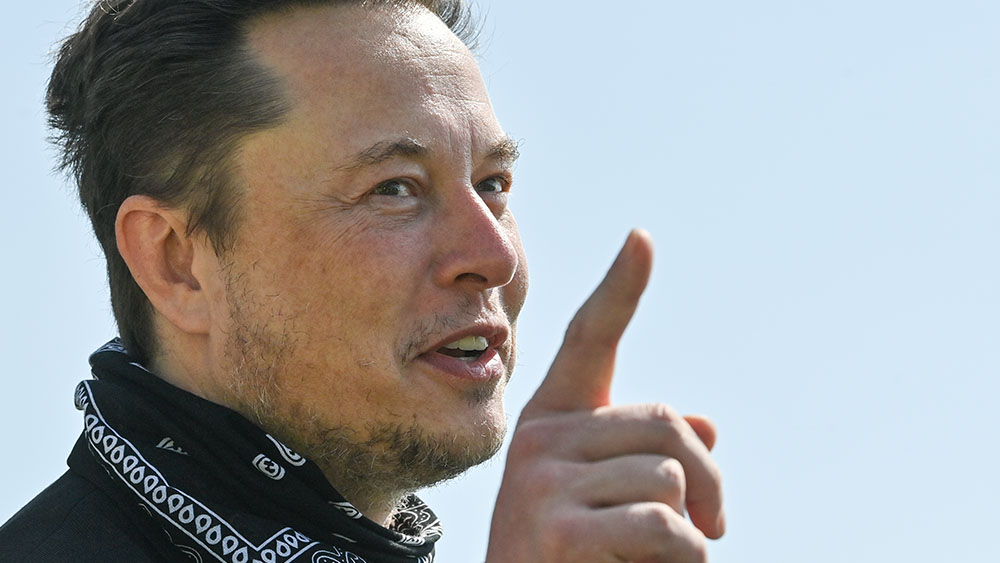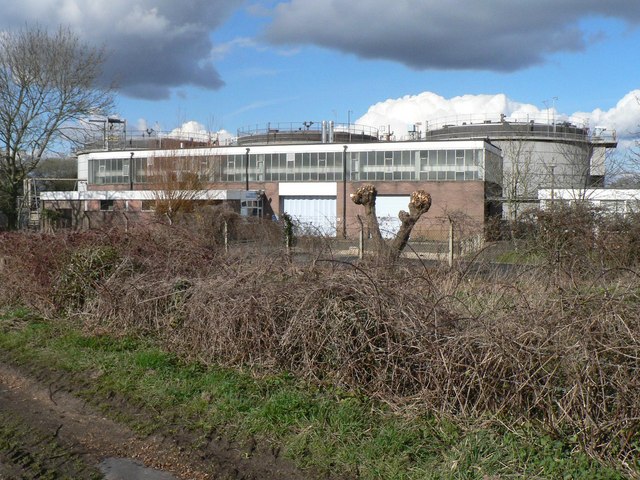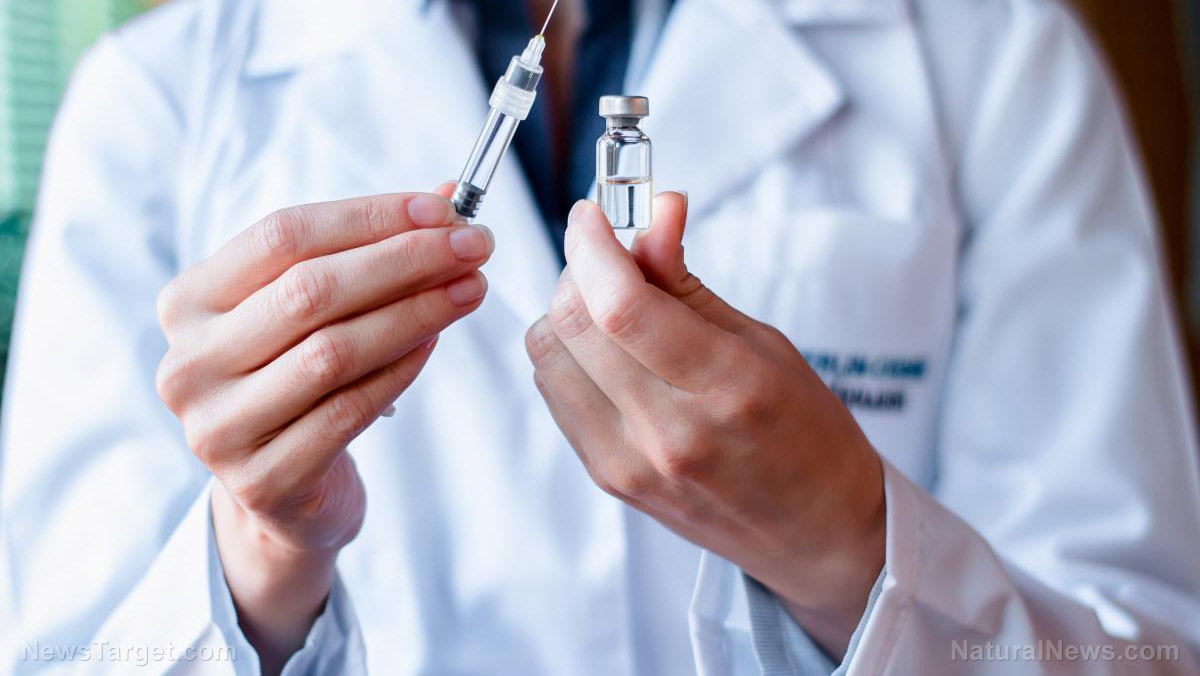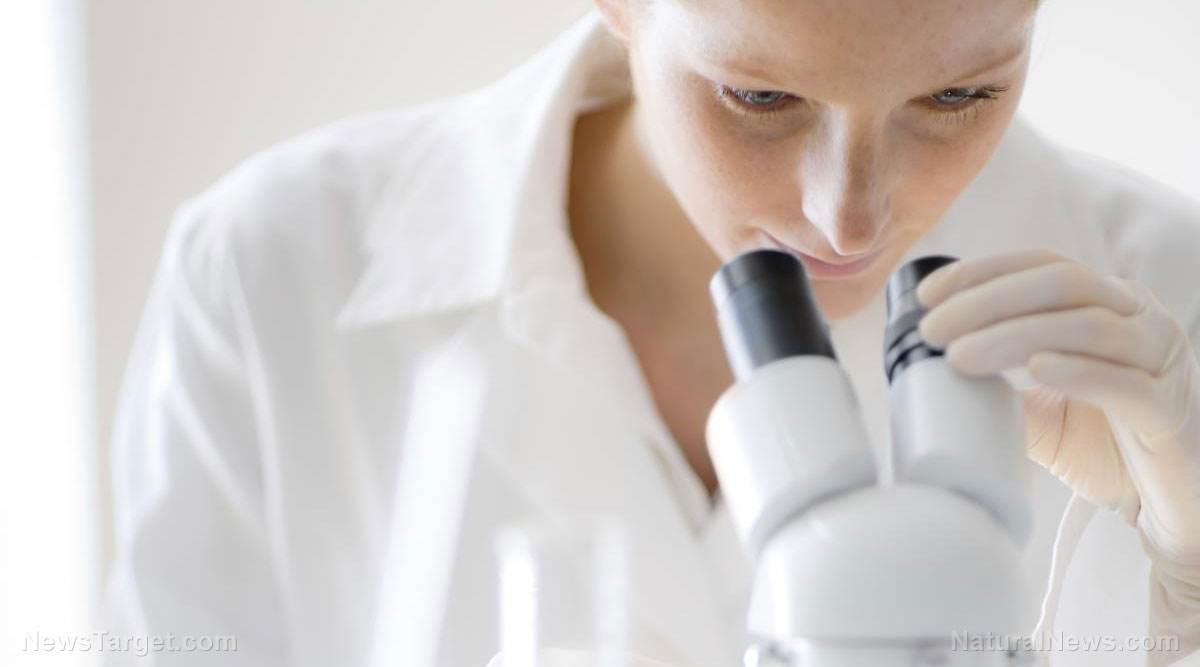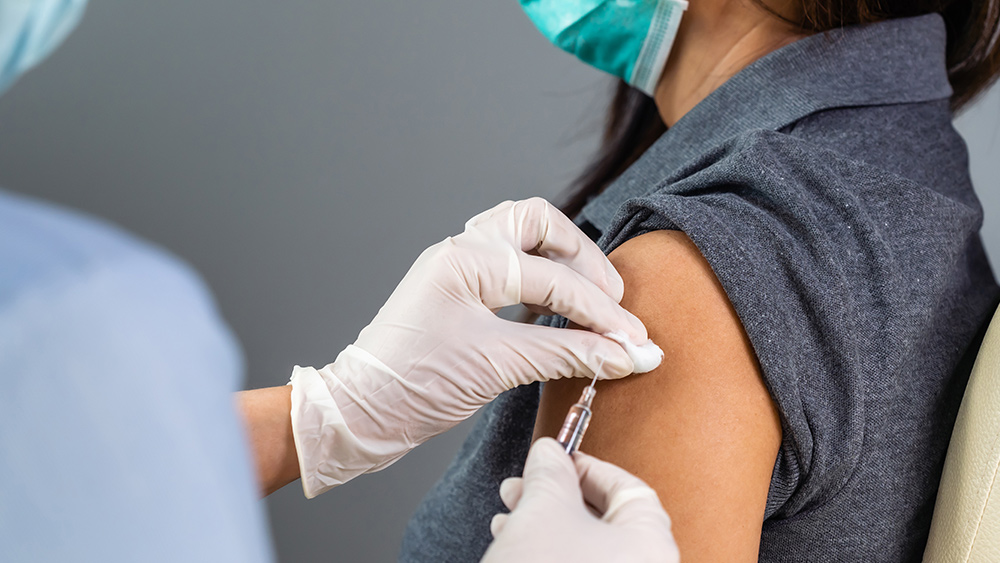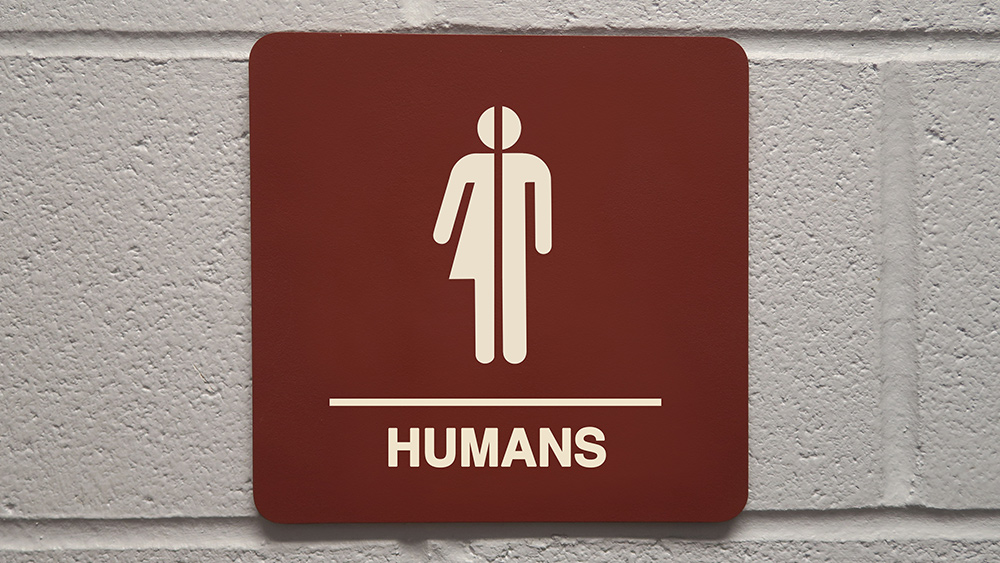Bioactive compounds in GINKGO BILOBA found to improve cognitive recovery after stroke
02/29/2024 / By Olivia Cook
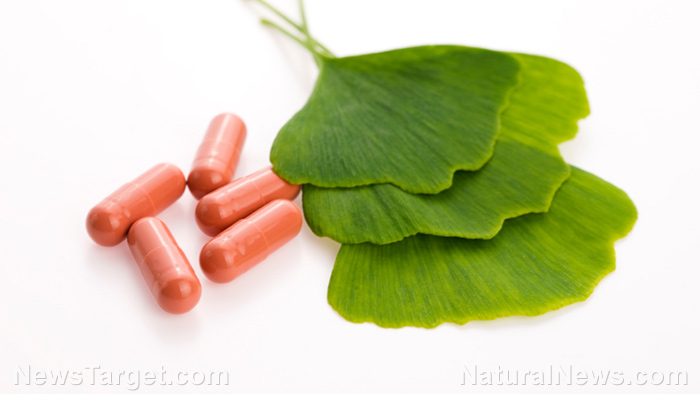
A preliminary study revealed that ischemic stroke survivors had faster and better recovery of cognitive function after receiving injections of ginkgo diterpene lactone meglumine (GDLM) – a combination of the biologically active components of the “living fossil,” ginkgo biloba.
One of the three main strokes, ischemic stroke occurs when a blood clot (called a thrombus) blocks or clogs an artery leading to the brain.
GDLM is made of extracts from ginkgo biloba, an herb used in Traditional Chinese Medicine (TCM) and considered the oldest living tree species in the world. GDLM is composed of ginkgolides A, B and K and has been widely used in the treatment of ischemic stroke in China. (Related: Ginkgo biloba shows potential value in the treatment of over 100 diseases.)
How the study was done
In early 2023, researchers tested the effects of GDLM on more than 3,000 survivors of mild to moderate stroke at 100 centers in China and analyzed their cognitive recovery. Most of the patients’ cognitive status was reported as “moderately impaired” using the Montreal Cognitive Assessment Scale (MoCA), with an average score of 17 out of 30.
About half of the stroke survivors were randomly selected to receive daily intravenous injections of 25 milligrams (mg) of GDLM for 14 days, while the other half received daily intravenous placebo injections.
Capital Medical University Clinical Epidemiology Assistant Professor Dr. Anxin Wang at the Beijing Tiantan Hospital said: “If our positive results are confirmed in other trials, GDLM injections may someday be used to improve cognitive function for patients after ischemic stroke.”
What the researchers found
Compared to initial cognitive screening assessment scores, the researchers reported that:
- By day 14, stroke survivors who received the GDLM injections had improved cognitive scores at an average of 3.93 points – 3.62 points higher than those who received placebo injections.
- By day 90, those who received the GDLM injections had even more improved cognitive scores at an average of 5.51 points – 5.04 points higher than those who received the placebo treatment.
Wang said: “The proportion of patients who reached a clinically significant level of improvement was 20 percent higher in the GDLM group – indicating that GDLM injections may improve cognitive function in patients with acute ischemic stroke. Since the follow-up time in this study was only 90 days, the longer-term effect of GDLM injections requires longer-term research.”
Wang further noted that GDLM shows a neuroprotective effect through multiple mechanisms, such as expanding brain blood vessels, improving the tolerance of brain cells to hypoxia (inadequate oxygen) and increasing cerebral blood flow. Other studies have also found that GDLM can promote the release of chemicals that help prevent neurodegenerative diseases like Alzheimer’s and Parkinson’s disease.
Published in JAMA Network Open, the study shows that ginkgo biloba’s active compounds exert a variety of neuroprotective and reparative effects that can help maintain the blood-brain barrier; reduce brain edema; improve energy metabolism; protect against oxidation, inflammation and apoptosis; and promote angiogenesis, or the formation of new blood vessels that normally supports wound healing and supplies oxygen-rich blood to organs and tissues.
The results of this randomized clinical trial were presented at the American Stroke Association’s International Stroke Conference 2024, which was held in Phoenix on Feb. 7-9.
Visit Herbs.news for more on the health benefits of Ginkgo biloba.
Learn about “Ginkgo biloba’s brain benefits” by watching the video below.
This video is from the Holistic Herbalist channel on Brighteon.com.
More related stories:
Ginkgo biloba promotes better blood flow and a healthy brain.
Ginkgo biloba found to have neuroprotective effects against retinal degeneration.
Ginkgo biloba, resveratrol and cacao beans scientifically proven to combat cognitive decline.
Sources include:
Submit a correction >>
Tagged Under:
alternative medicine, brain function, brain health, Chinese medicine, ginkgo biloba, healing, health science, herbal medicine, Herbs, ischemic stroke, natural cures, natural health, natural medicine, Naturopathy, phytonutrients, remedies, research
This article may contain statements that reflect the opinion of the author

